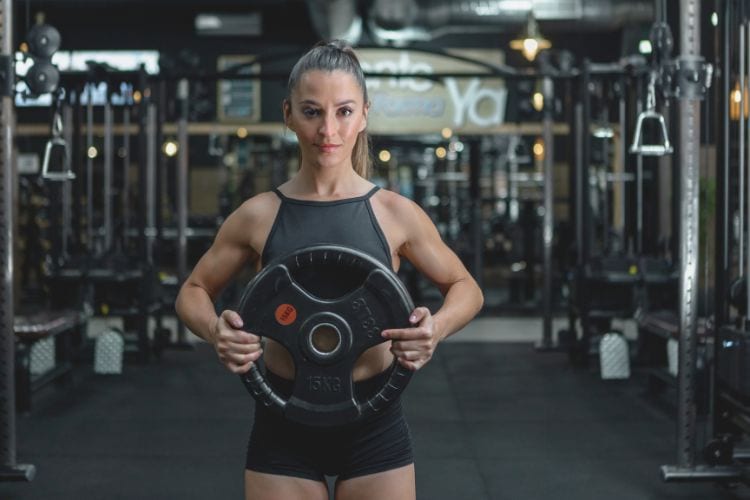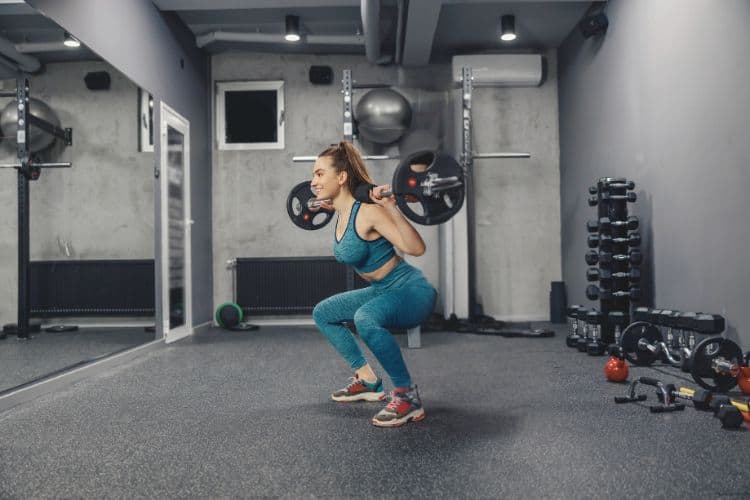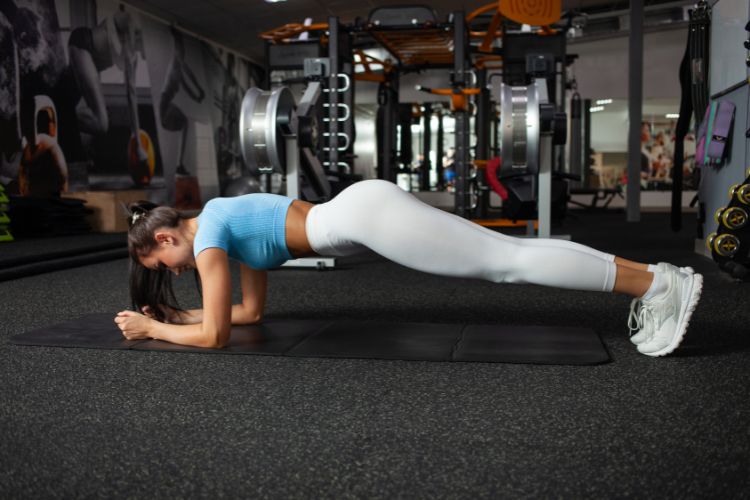Sign up for workout ideas, training advice, reviews of the latest gear and more.






In today’s fast-paced world, carving out time for a long workout session can be a challenge. That’s where 20-minute workouts come in—they’re quick, powerful, and scientifically proven to deliver results. Whether your goal is weight loss, muscle building, endurance, or just overall fitness, this guide breaks down everything you need to know about getting fit in just 20 minutes a day.
One of the major advantages of 20-minute workouts is their efficiency. By eliminating long rest periods and maximizing effort, you trigger a higher heart rate, greater calorie burn, and improved muscular engagement in less time. This approach uses training techniques such as high-intensity interval training (HIIT), circuit training, or AMRAP (as many rounds as possible).
Short, intense workouts elevate your excess post-exercise oxygen consumption (EPOC)—often referred to as the afterburn effect. This means your body continues to burn calories long after the workout is over, making 20-minute routines surprisingly effective for fat loss.
You only need 20 minutes, making it easy to fit a session in before work, during lunch, or right before bed.
Whether you’re at home, in the gym, or outdoors, a 20-minute workout can be done with no equipment, just bodyweight, or with free weights.
Short workouts lower the barrier to entry, helping you stay consistent over time—which is the real key to fitness success.
Quick sessions require your full attention. With no time to waste, every rep matters, leading to improved mind-muscle connection and sharper focus.
Perfect for burning fat and boosting cardiovascular fitness without equipment.
Sample Routine:
A combination of resistance and cardio using a pair of dumbbells.
Sample Routine (4 Rounds):
Great for building abs and core strength.
Sample Routine:
No weights, just high-paced movements to torch calories.
Sample Routine:
Focus on HIIT routines or circuits with short rest periods. Incorporate compound movements like burpees, jump squats, and push-ups to burn more calories.
Use moderate to heavy weights and perform compound lifts like squats, rows, and presses in a time-efficient format. Stick to 6–12 reps per set for hypertrophy.
Design workouts using steady-paced movements like jogging in place, jumping rope, or circuit cardio drills with longer intervals and shorter rests.
Although true strength training often requires more rest and heavier loads, a 20-minute strength workout can still be effective using super-sets and minimal rest between heavy lifts.
Here’s a simple weekly structure to follow:
Day 1 – Full Body HIIT
2 – Upper Body Strength
3 – Core + Cardio
4 – Lower Body Dumbbells
5 – Rest or Light Stretching
6 – Tabata Blast (HIIT)
7 – Active Recovery (Yoga or Walk)
Repeat and progressively increase intensity each week.
Warming up prevents injury and primes your muscles. Use dynamic stretches like arm circles, leg swings, and jumping jacks.
Keep rest periods between 10 to 30 seconds. This keeps your heart rate elevated and maximizes calorie burn.
Movements like squats, lunges, push-ups, and rows work multiple muscle groups, giving you the most bang for your buck in a short session.
Train near your max effort, especially with HIIT or Tabata formats. Listen to your body to avoid overtraining or poor form.
While no equipment is needed, here are some tools to mix things up:
These tools add variety and allow for progressive overload in your routines.
If you’re just getting started, 20 minutes is a perfect entry point. Focus on bodyweight moves, steady pace, and simple circuits.
Beginner Sample Routine:
Progress by increasing pace, range of motion, or reps as you build confidence.
Women often aim for toning, fat burning, and functional strength—and 20-minute workouts deliver.
Targeted Routine Example:
Men may focus on strength, conditioning, and core development. A 20-minute EMOM (Every Minute on the Minute) or circuit is perfect.
Sample Routine:
Absolutely. With consistent effort, smart programming, and proper nutrition, 20-minute workouts can yield impressive results.
Yes. Especially when paired with calorie control, 20 minutes of HIIT or cardio can create a caloric deficit and support fat loss.
Ideally, 4–6 times per week for best results. Vary intensity and focus to prevent burnout.
Yes. Even short workouts should include 3–5 minutes of dynamic warm-up and 2–3 minutes of cooldown stretches to aid recovery.
With 20-minute workouts, there are no excuses. You don’t need a gym, an hour of free time, or fancy equipment to transform your body and mind. By focusing on intensity, consistency, and smart movement selection, you can achieve remarkable results in just a fraction of the time.
Start today—set your timer for 20 minutes and get moving. You might be surprised at what just 20 minutes a day can do for your energy, confidence, and overall health.
Stay up to date on the latest women’s health, fitness and lifestyle trends and tips.